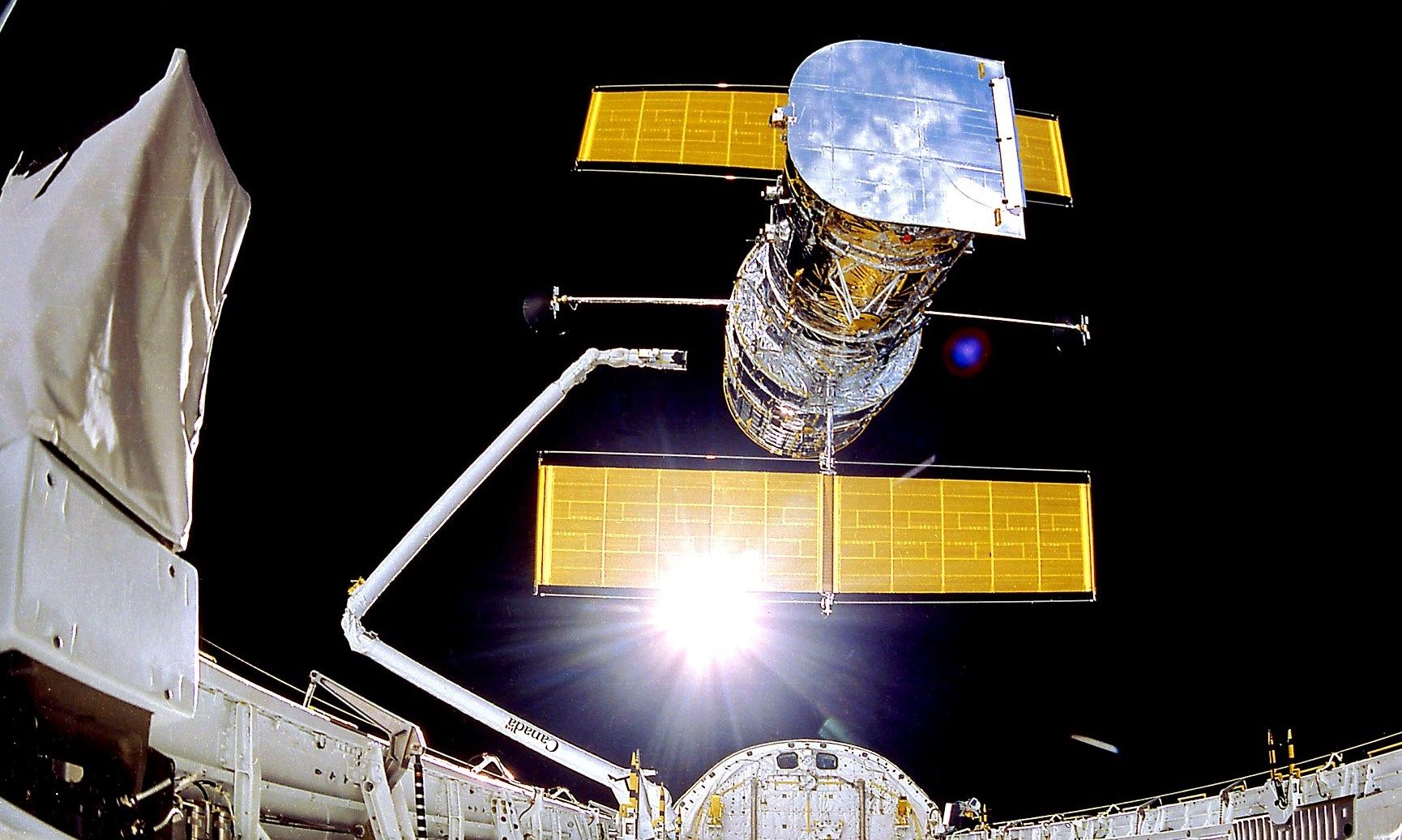NASA announced that it successfully switched the Hubble Space Telescope over to backup hardware on Friday, starting the process of bringing the telescope back online after a payload computer failure last month. The issue, which resulted in the suspension of Hubble’s data collection, is believed to have stemmed from the telescope’s power control unit. With the backup hardware up and running, Hubble’s science operations are expected to resume in the next few days.
“The Hubble team is now monitoring the hardware to ensure that everything is working properly,” NASA said. “The team has also started the process for recovering the science instruments out of their safe mode configuration. This activity is expected to take more than a day as the team runs various procedures and ensures the instruments are at stable temperatures.”
Several unsuccessful attempts were made to restart and reconfigure the failed computer before NASA made the decision to switch to the backup. According to the agency, the Hubble’s payload computer is a NASA Standard Spacecraft Computer-1 (NSSC-1) system built in the 1980s. NASA reports that the Hubble Space Telescope has collected more than 1.5 million observations and over 18,000 scientific papers have been published using its data since the telescope was launched in 1990.



































One of the interns that I did my residency with, his wife was an optical engineer who designed the corrective lines for the Hubble. I bet that is still working!
The Hubble has been an amazing tool, and the taxpayers have certainly gotten their money’s worth from it. Sadly, I fear it’s days are numbered. The reaction control system is failing and it is now running on backup systems for some operations. It’s a shame that we cannot send up a crew to do a major service visit to the telescope and replace all of its failing hardware. Even if it is 31 years old, it still has the potential to do serious scientific observations. If Hubble does go dark, NASA will have a lot riding on the successful launch of the Webb telescope (hopefully) later this year. Due to its orbital distance (over a million miles) from earth, it will truly be on its own.
Time for my little US space science soapbox …
“As of May 1, 2018, the ISS Program identified a total of 2,135 publications since 1998 with sources in journals, conferences and gray literature.”
Since 1990, over 18,000 scientific papers have been published using the Hubble (about 10x more than the ISS.)
The bungled Space Shuttle and ISS programs diverted most NASA funding from science to pork.
The Space Shuttle actually had tile issues from the very first flight, STS-1, and besides the losses of Columbia and Challenger, STS-27 Atlantis was nearly lost (the right wing tiles were shredded, with one complete tile missing but backed by a steel access plate. Ground control refused to believe the astronauts who did a space walk inspection, calling the damaged tiles “shadows.”)
NASA was too slow to buy Russia’s superior Buran vehicles (larger payload, remote-controlled, more reusable), so that option was wasted after storage damage.
Actually, the tile issue was evident before STS-1. While the Enterprise was being prepared in Palmdale for transportation to the Cape, the tile installation was running behind. So in order to make the delivery milestone they used Styrofoam to fill in the gaps. Unfortunately during the transcontinental piggyback ride on the 747 the Styrofoam came loose and then the already installed tiles were also damaged. So at the Cape they not only had to install the tiles that were not installed at Palmdale but also had to remove and replace the damaged tiles. IIRC with all the preparation for tile installation and pull testing each tile 1 man-week per tile was required.
I worked on one of the experiments on Hubble in the 80s. It is a great vehicle, just hope NASA doesn’t do something stupid and end its very productive life.
I think it’s wonderful (although a bit costly) that many of us in the four eyed community can identify with Hubble when it was discovered after setting up in orbit that it was myopic. Sending up ‘opticians’ to fit it with eyeglasses gave Hubble character. Perhaps a bit of deeper inflection may prevail to conjure up another retrofit upgrade to keep Hubble spotting just a little bit longer. Old man Hubble will have to maintain watch until junior Webb gets up and fills his shoes.